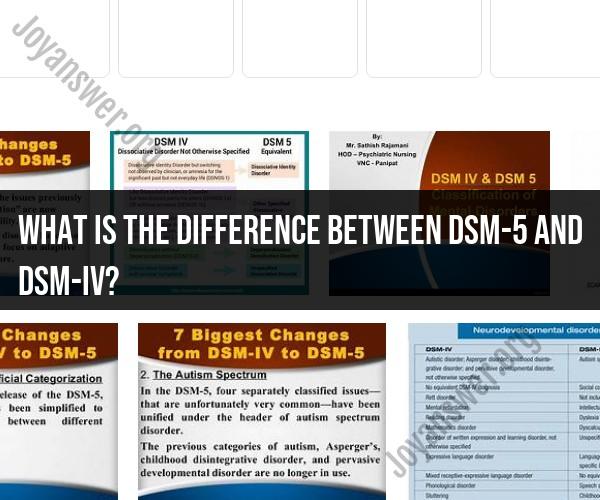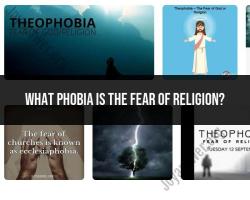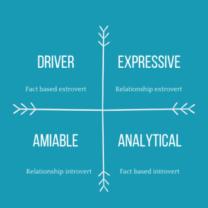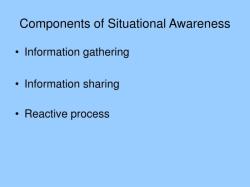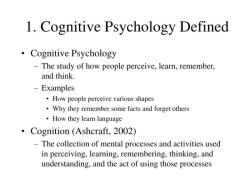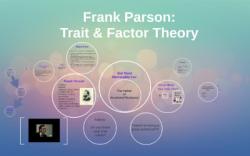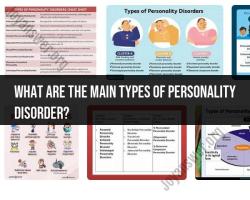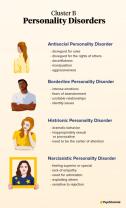What is the difference between DSM-5 and DSM-IV?
The DSM-5 (Diagnostic and Statistical Manual of Mental Disorders, Fifth Edition) and the DSM-IV (Diagnostic and Statistical Manual of Mental Disorders, Fourth Edition) are two versions of a widely used manual in the field of mental health for classifying and diagnosing mental disorders. Here are some key differences between DSM-5 and DSM-IV:
Number of Disorders: DSM-5 includes more disorders than DSM-IV. It introduces new disorders and reclassifies or combines some existing ones. This expansion reflects a deeper understanding of mental health conditions.
Multiaxial System: DSM-IV used a multiaxial system, which involved assessing individuals on five different axes, including clinical disorders, personality disorders, and general medical conditions. DSM-5 eliminates the multiaxial system and instead provides a dimensional assessment approach.
Autism Spectrum Disorder (ASD): DSM-5 consolidates several disorders from the autism spectrum (e.g., autistic disorder, Asperger's disorder) into a single category called "Autism Spectrum Disorder." This change aims to better capture the range of symptoms and severity within this spectrum.
Substance Use Disorders: DSM-5 combines substance abuse and substance dependence into a single category known as "Substance Use Disorder." It also introduces specific criteria for each substance (e.g., alcohol, opioids) to assess the severity of the disorder.
Bereavement Exclusion: DSM-IV had a "bereavement exclusion" for major depressive disorder, meaning that a diagnosis of depression couldn't be made shortly after the loss of a loved one. DSM-5 removes this exclusion, allowing for the diagnosis of depression in individuals experiencing symptoms related to grief.
Dimensional Assessment: DSM-5 incorporates a dimensional assessment approach alongside categorical diagnoses. This means that in addition to meeting specific criteria for a disorder, clinicians can assess the severity of symptoms on a continuum, providing a more nuanced understanding of the individual's condition.
Changes in Terminology: Some diagnostic terminology has been updated or changed in DSM-5 to reflect current understanding and reduce stigma. For example, "gender identity disorder" in DSM-IV was replaced with "gender dysphoria" in DSM-5.
Cultural Considerations: DSM-5 places greater emphasis on cultural considerations and the cultural context of mental disorders. It acknowledges that the expression and experience of mental health conditions can vary across cultures.
Neurodevelopmental Disorders: DSM-5 introduces the category of "Neurodevelopmental Disorders," which includes conditions such as attention-deficit/hyperactivity disorder (ADHD), specific learning disorders, and intellectual disabilities. These were previously scattered throughout DSM-IV.
Dimensional Assessment Tools: DSM-5 includes dimensional assessment tools for assessing severity and functional impairment across disorders. These tools can provide a more comprehensive view of an individual's mental health.
These are some of the key differences between DSM-5 and DSM-IV. The changes in DSM-5 reflect advancements in the understanding of mental health conditions and aim to provide more accurate and comprehensive diagnostic criteria for mental disorders. Mental health professionals use these manuals to assist in diagnosing and treating individuals with mental health concerns.
